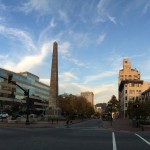
My husband and I moved to Asheville this year and quickly realized that there was much to learn about our new community. While there is much to adore here, we quickly became aware of the lack of diversity in the city. The African American population here is approximately 9% and it seemed that they didn’t frequent downtown very often.
What was this all about? What was the real history of Asheville that I wasn’t hearing and that wasn’t readily available on the internet?
I had several experiences that informed me about my new community. However, these were not conversations that fell into my lap – I had to seek them out and be ok with sitting in the discomfort of the truth of this city to truly begin to understand how deep the fissure is between races in Asheville. Here is what I learned:
1) I had heard that African Americans here didn’t like to go downtown because they feel they are being profiled. They were often eyed up in local stores, as if they were going there to steal or be troublesome. I had also heard that they would not go outside of their own communities to a place like Weaverville. As a white woman, Weaverville seems innocuous enough – it is a suburban town just a few miles outside of the city. Yet, to local African Americans who had been told (through stories passed down from generation to generation) that Weaverville was a dangerous place where one could be physically harmed, it wasn’t this simple. This was such a reminder of the power of storytelling over generations and how we each see the world around us from a different perspective. The reality is that the stories, for African Americans, were based on true situations that resulted in physical harm.
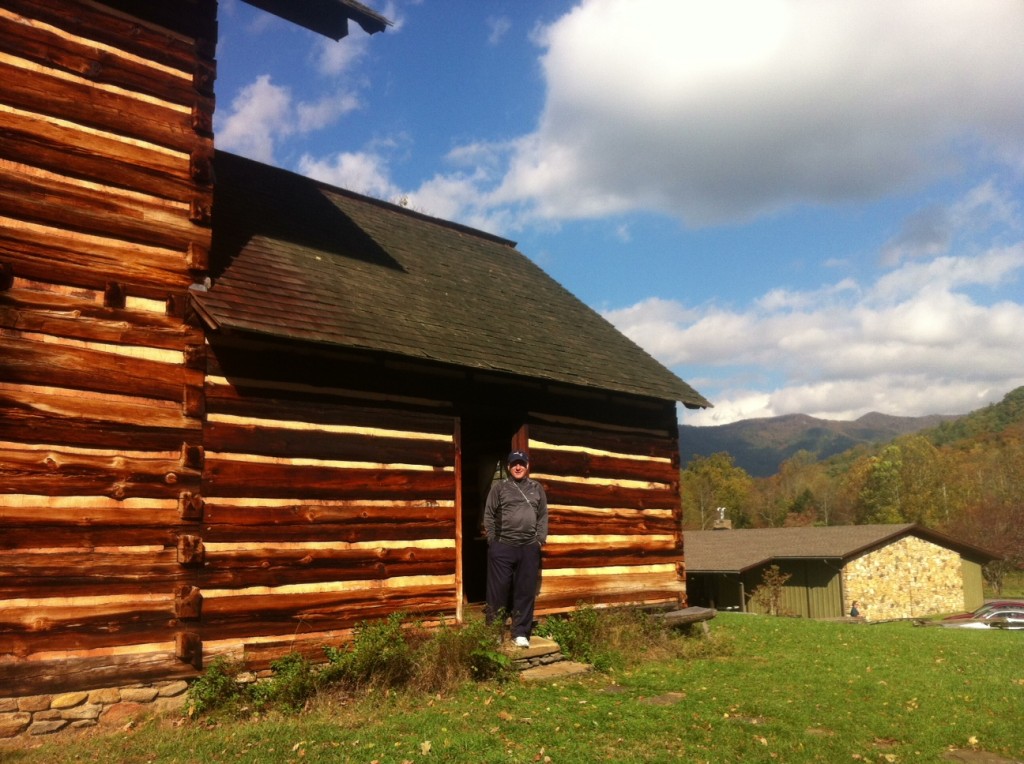
2) My next encounter was at a Diversity Coalition networking event. I met a local woman who described some of the history and marginalization of African Americans in Asheville. She explained that the large monument in the city center celebrated the war governor, Zebulon Vance, yet he was a slave owner. What else didn’t I know?
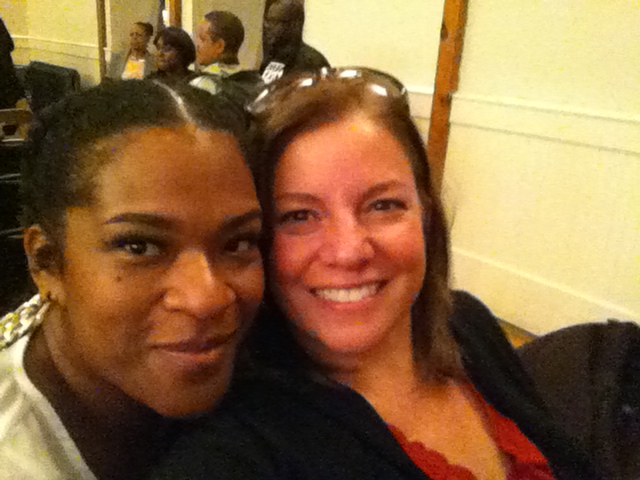
3) Thankfully, we were able to offer several scholarships to the Melibee Swarm on Culture, Identity and Perspective which was held in Asheville. I specifically sought out people of color in our community to join the Swarm, as I did not want it to lack in diverse voices and perspectives.
Two local African American women who attended have been incredible resources in educating me about the nuances of African American history and perspectives in Asheville. Sheneika is from Asheville, but only returned to the city three years ago. She is so committed to increasing dialogue in our city that she started an incredible program called “Date My City,” a unique social organization with multi-faceted initiatives that promote cultural advancement of minority communities. By strategically hosting events and partnering with like-minded organizations, Date My City aims to “raise awareness about issues that directly affect the well-being and growth of black and brown communities in Asheville.”
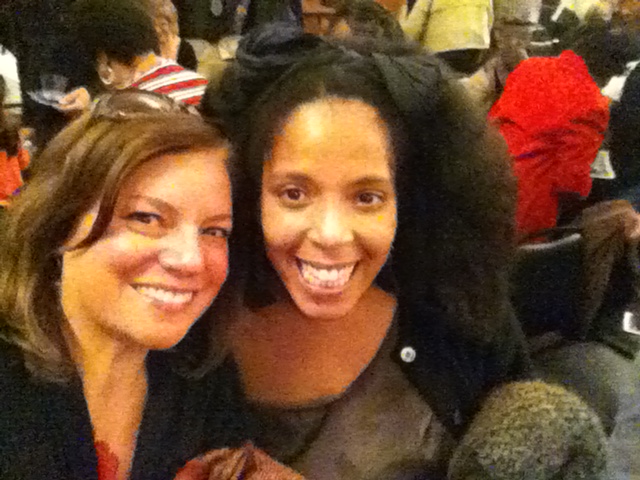
Itiyopiya is a graduate student from Brooklyn, New York, who is completing her degree is education (focusing on ESL). She has taught English in Japan, yet was drawn to Asheville because of her studies and Cherokee heritage. She is an outspoken voice about societal institutions that hold certain groups of people in a cycle of poverty through marginalization. During the Swarm, both women shared their voices about their love of their community and the difficulties that African Americans face locally (and globally).
4) Since the universe is magical, it lined up a fabulous conference on African Americans in Western North Carolina, within weeks of the Swarm. This filled in so many of the gaps for me including:
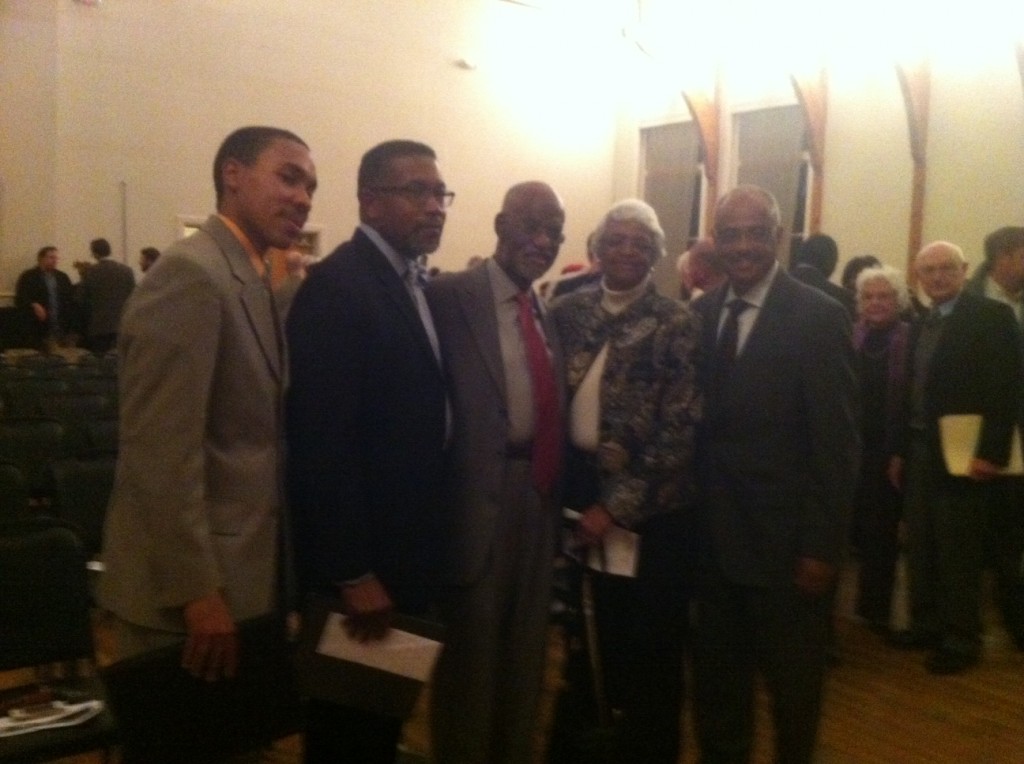
– addressing the ongoing myth that there weren’t slaves or even black people in Western NC – or that this region didn’t benefit from slavery.
– Asheville is the first city in the United States to put deeds for human sales (e.g. slave records) online.
– A Freeman’s Bureau existed to aid African Americans after emancipation. Most slaves could not read or write because they were denied educational opportunities for generations, so negotiating and signing contracts for work was difficult. This bureau also supported blacks in gaining the right to vote, and in their first election in 1868, they were the swing vote in several counties. (This reinforces why the Republican effort today to require voter IDs is an ongoing attempt to crush the votes of AAs and other marginalized groups in NC.)
– Perhaps most shocking was that the African American communities in Asheville were taken over by the city in the 1970s and torn down. The excuse used was that the communities were “blighted,” yet the city failed to address the state of these rented homes with the WHITE property owners. This forced countless African American property owners into public housing, where generations of families still live today. Seeing photos of their families and neighbors’ homes, prior to having them ripped from their hands, literally brought people to tears. I liken their pain to that of the Native Americans removed and forced to walk the Trail of Tears.
– During the civil rights movement, the people in local public housing went on a rent strike because their homes were not being taken care of (imagine slum like maintenance issues) and they were being watched like criminals (e.g. harassed). They received training on civil rights from colleagues in Durham – moving forward with their agenda against resistant, discriminatory white administrators. Sadly, the white community, in an effort to show their support for a prejudiced white administrator, stopped paying their property taxes for a period of time. In the late 1960s, division by race was especially tense in this city (although it continues to be quite tense today). Keep in mind that during this same time period, there was STILL a segregated public bathroom for women in the center of downtown (Pack Square) – right next to the Vance monument mentioned earlier.
The truth is beginning to surface, publicly, about the challenges that African Americans in Asheville face. While I have seen pockets of our community discussing these issues, I also see an ongoing “urban development” that is largely in the hands of the white community and largely benefits them. Building more “affordable housing,” (for who?) in my opinion, is not addressing the deep rooted problems that exist in Asheville. The local government and citizens here need to be ready to be uncomfortable, because these are human rights issues that are not going to be addressed by more “urban development.” From the history that I learned, the last “urban development” removed families from their homes and relegated generations of people to a life of poverty and trauma, as well as extended the deep mistrust in the local white government.
So, there it is. My 2 cents on an impossibly complex issue that warrants books vs. a short blog post. I do realize that as an outsider and as a white woman, this post may ruffle a lot of feathers. My intent certainly is not to be the voice of historically disenfranchised people, but simply to share my observations as a person who has stepped into a new community. Perhaps by taking a risk to share what I have learned in a public forum, it will encourage other people to be curious about this issue and have some dialogue about it across our community. I hope others will take a risk too and speak about this issue publicly. UNCA set a great example by doing so at this local conference – and for me, it gave me the push I needed to share my 2 cents.
I welcome your constructive feedback in the comments section below.
Note: I adjusted this post by removing comments about the Vanderbilt purchase of land used for the Biltmore home. I was receiving conflicting information about this and therefore chose to remove it until I have a better understanding of this issue.

Great post. Thanks for sharing just a little bit of this history.
Thanks John. I have so much more to learn!
Hi, Missy. Thank you for taking the risk and writing this article. Thank you even more for taking an interest in learning about “The African American Community in Asheville.” I am a native and was born here in the early 60’s. I left and stayed away for 8 years. Went to Hawaii, California, and Washington State. Upon returning, I felt as if I was in a time warp because my eyes had been opened to diversity. I knew if I were to continue to live here, tI had to try to bring about change. However, change can not occur or should I say change occurs slowly when there is only 1 or 2. That’s why I say welcome to Asheville and thank you – from the bottom of my heart – for what you are doing. You have received a lot of accurate information. As a young lady, I worked in Weaverville as a bank teller. I requested a transfer back into Asheville because I couldn’t bare to hear the daily racist jokes. Working at the bank is where I first learned of “Nigger Hill” a labeled place where all of the local African-Americans lived. In addition, Mr. Patton – (Patton Avenue) was one of the largest slave owners. The majority of his slaves lived in the area of Charlotte Street (Mr. Patton’s daughter is Charlotte), Charlotte Street was previously Valley Street and was renamed. In addition, while doing a research paper (The Impact of Urban Renewal) for my Master degree, I had the opportunity to interview a woman whose family owned some of the property which the Biltmore House is located. I was told her parents were given ,25 cents an acre. As far as the African-Americans going down town, it hasn’t always been that way. More African-Americans frequented downtown before Urban Renewal was implemented than they do now. It did some major impact – in the most derogatory ways. Diversity and inclusion is little to no option when it comes to certain areas, conversations, and decision-making actions. Here are some links which will provide you a little more about the African-American community. We have a lot of rich history – untold and undiscovered.
1. https://ashevilleblade.com/?p=241
2. https://www.hastac.org/blogs/slgrant/2014/02/25/future-higher-education-and-ci-ber-interviews 3. https://nchumanities.org/sites/default/files/documents/Crossroads%20Summer%202010%20for%20web.pdf
*****Please come to the grand opening and renaming ceremony of the W.C. Reid Center renamed Arthur Edington Education and Training Center on Saturday, Novembrer 1, 2014 at 12. This dwelling was previously Livingston Street School for the African-American community members living in the Southside – now renamed River Art District. Mr. Edington was the last Principal and is still living. He will be there.*******
Priscilla, Thank you for your very kind words of encouragement and these incredible resources. I am so grateful! I am from New York and like you, feel shock at such a gap in diversity and cross-cultural dialogue here. This is why I started asking questions and showing up at events, so that I could better understand the perspective that I wasn’t hearing publicly. Thank you for sharing such important pieces of personal history in your comment. I have no words to even imagine how painful and scary it was for you to work in Weaverville. I hope that when people google this subject, this post and the comments can serve as a succinct introduction to the subject and lead people to all of the links that provide much more detail. I had heard about the attempt to change the name of Charlotte Street back to Valley Street – is that going anywhere? Thank you also for the information about the Biltmore property – I had not heard a specific number before. I read all the links that you shared too – I had not seen these before. That Crossroads piece is really strong – and seeing the maps makes it all that much more real. I will put the Nov 1st event on my calendar. I look forward to seeing you again and hearing more of your wisdom. With gratitude, Missy
thank you. I’ve been wondering about all this for years and I really appreciate getting some answers.
Glad it was useful to you. I am by no means the expert – there are incredible historians in Asheville – be sure to keep an eye out for them and events in town on the topic!
Hi Missy, the issue of desegregation is near and dear to my heart. If you are at all interested in getting together for a chat, I would love to do that. Not sure how to connect…?
Hi Alicia! Apologies for the delay. Would be happy to meet up – please inbox me at info(at)melibeeglobal.com. Thanks for reaching out!
Thank you for this post Missy. I moved to Asheville in 2008. I grew up in California with lots of racial and cultural diversity, and have always enjoyed that part of California (hate the traffic). I have enjoyed Asheville, but have always wondered (until reading this post) where the African American’s are. Now I know. Also, if I can just add a separate point. I really dislike the terms we use for the races, e.g. Black, African American, White, Caucasian, and so on. All these terms seem to me to diminish people to either the color of skin pigmentation or association with a prior place from which they came. Just like the term Mexican, which is so misleading, because being Mexican really means being indigenous. Just a sideline rant, but perhaps a topic for a separate post. What should we call ourselves other than members of the human race.
Always learning from you, Glenn. Thanks for sharing and I don’t have an easy answer to that question!